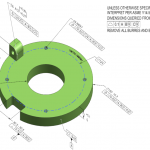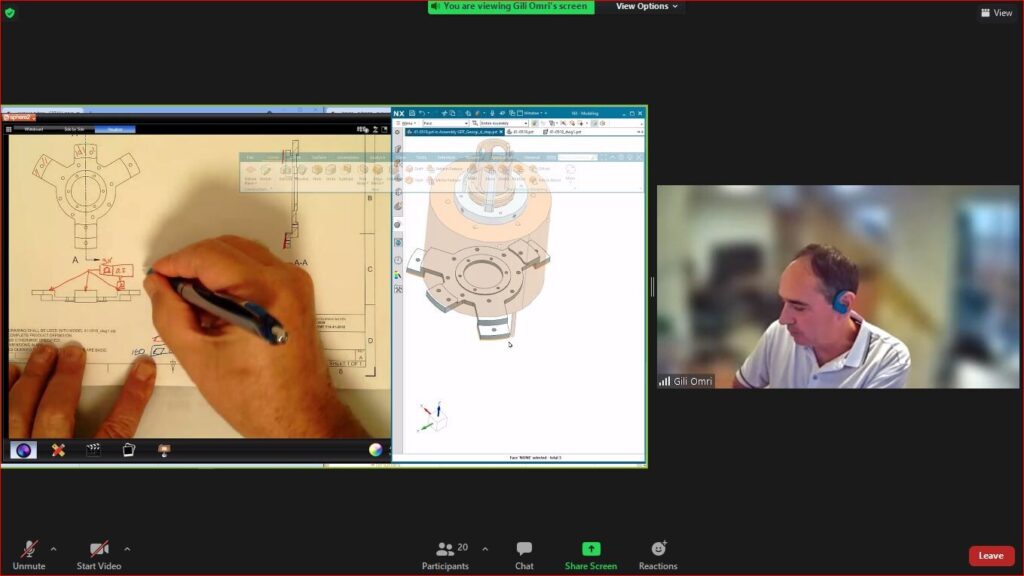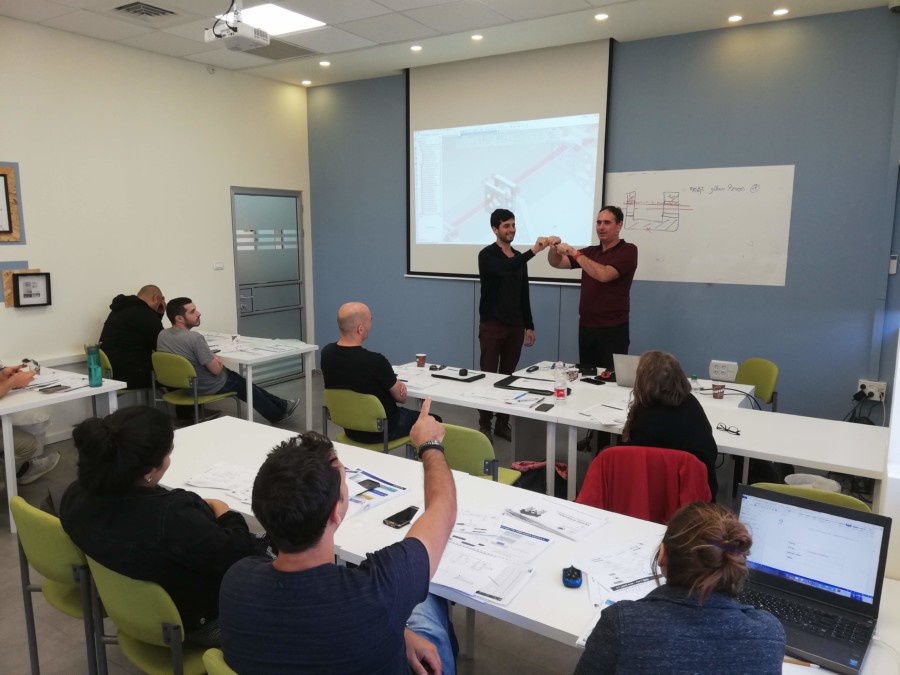To schedule an Online training for your team
Contact Us
ASME Y14.41, Digital Product Definition Data Practices
Background:
The expanding industrial use of three-dimensional models and digitized information, in design (CAD or Computer Aided Design), manufacturing (CAM or Computer Aided Manufacturing) and control (CAI or Computer Aided Industry) has necessitated the establishment of a shared basic standard for requirements and information published in digital format.
The use of digital models comes to reduce the monetary investment and effort required to document information that already exists in the model in two-dimensional drawings.
The ASME Y14.41 standard was written in order to define rules and a common language for publishing the digital information required to produce and control parts. This standard is actually an expansion of previously existing standards and is based on them.
Course Description
This course explains:
- The differences between publishing two-dimensional drawings and CAD-produced models
- The rationale for producing a standard for publishing digital information
- The advantages of using the standard
- Model Only: All required information is documented in a three-dimensional model
- Model + Drawing: Reduced-scale drawing
- Expansions to the two-dimensional drawing: Expansion of the principles of two-dimensional presentation to additional symbols and measurement display in axonometric projections
- Why a standard?
- Standard scope
- Data Set
- Data Set requirements
- Modeling requirements
- Drawing annotations and rules
- Applying measurements and tolerances
- Datums and geometric tolerances
- Knowledge of and experience in reading technical (engineering) drawings
- Completed course work in geometric tolerances according to standard ASME 14.5 or matching experience



